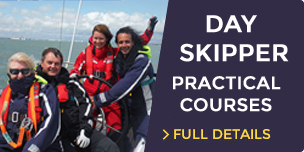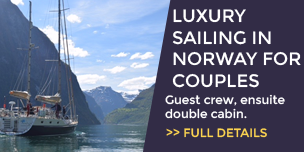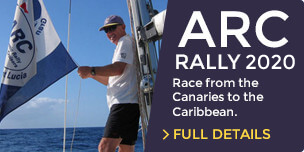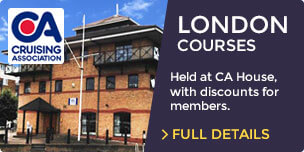The delights of Norway
2,415 views | July 8th, 2016First Port of Call in Norway – Stavanger
We docked in Stavanger on Thursday, spotting our berth beside the gleaming metal hull of the Petroleum Museum. I’d like to say that we docked in the dawn light, but this time of year the sun rises before 4am (!) so we were a few hours behind it.
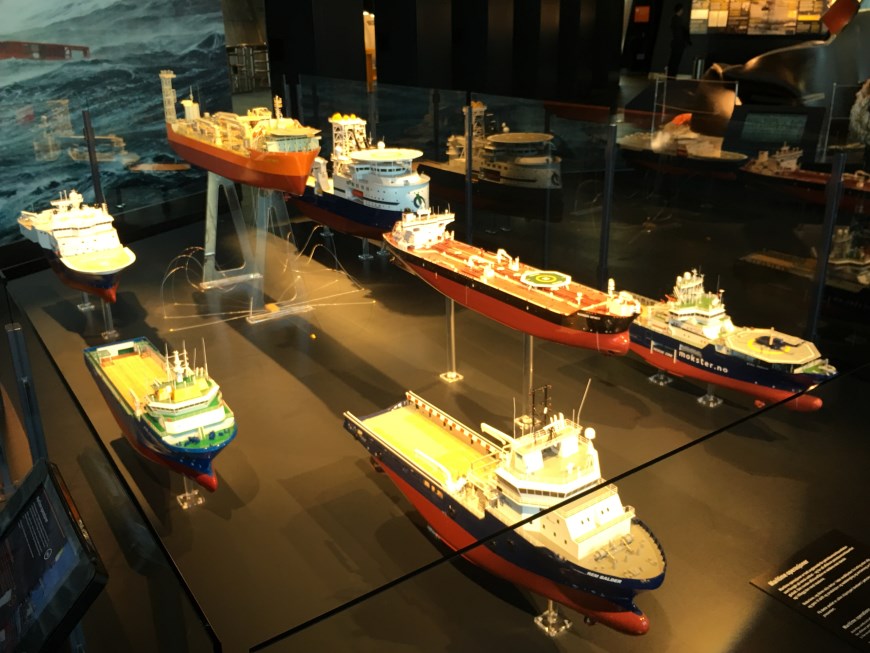
Oil Rig ship models in Stavanger Oil Museum
After quickly scrubbing down the boat, we were off to sightsee. Petroleum and fishing have been the main engines of this Norwegian boomtown, and so Stavanger’s quirkiest museums are devoted to those industries. A funny 3D movie (complete with goofy glasses) told us the history of North Sea oil and there were chances to try out mock oil-rig evacuation procedures – whilst at the Fish Canning museum, we were given a personal tour and stuffed full of freshly smoked Norwegian Sardines. Small white houses with slanting roofs lined twisting cobbled streets, and we wandered past pocket gardens and old stone churches. Then, we stumbled upon a lakeside concert by the winner of Norwegian idol. Some locals gave us recommendations for restaurants and bars and, eventually, we made our way to one of these. It was a roof terrace serving locally produced microbrewery beer. We tried a few brews whilst watching the ships come and go. Then it was off for dinner at one of the three locally recommended restaurants. Two were fresh local Norwegian restaurants, while the last was a New Nordic that had received its first Michelin Star three months previously. Some of our group rolled off to bed with round tummies, whilst others continued sampling local beer at the pubs and bars til quite late!
Lysefjord
Friday morning dawned bright and sunny, with the Lysefjord on our agenda. The reputedly prettiest fjord in southern Norway didn’t disappoint. We waved to tourists admiring the view – and our boat – from the famous Pulpit Rock. Having sailed the fjord to its end, it was off to Tau. Though too large for their marina, the creative locals quickly arranged for us to dock at the commercial mooring by the old mill-and-hydro-electric plant. It was quieter and more picturesque than that sounds, and we discovered the original wooden mill – complete with mill stones – carefully preserved behind the modern building. The sunset was phenomenal, lasting from about 10:45pm to 12:30am. We returned from the pub to sit on the boat’s deck, watching the sky turn and listening to the wind in the trees.
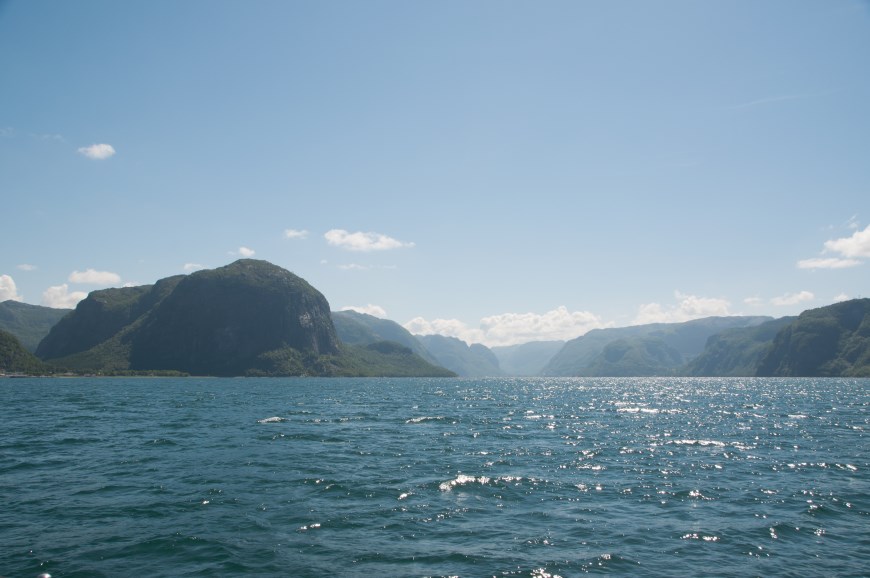
Entrance to Lysefjord in Norway
After a leisurely start on Saturday – which included time to raid the local grocery store for caviar, Norwegian brown cheese, and fresh baked bread – we meandered north in the seemingly endless Norwegian summer sunshine. Mid-afternoon we anchored off a local beauty spot so that three of our group – the bravest or craziest, take your pick! – could swim in the frigid waters. They were in and out lightning-fast, making for some very funny pictures! Then it was off to Haugesund for the night.
Haugesund
H-town, as some of the locals told us it was called, was hopping. We almost got invited home for fresh crayfish, but there were too many of us for the fisherman’s wife to feed, so instead we dined at a restaurant he recommended in the Eat-Local-Eat-Fresh movement. As with everywhere else, the fish was melt-in-your-mouth perfection, the soup was perfectly balanced, and the berries at dessert had the sweet intensity that only comes from slow, summer growth in cold climes. Two kinds of locally produced akavit – caraway-flavoured Scandinavian fire water –officially finished off the evening. I say officially because, while some of us returned to the boat to sleep, others painted the town, making friends with the locals (including friendly customs officials and their happily off-duty sniffer dog).
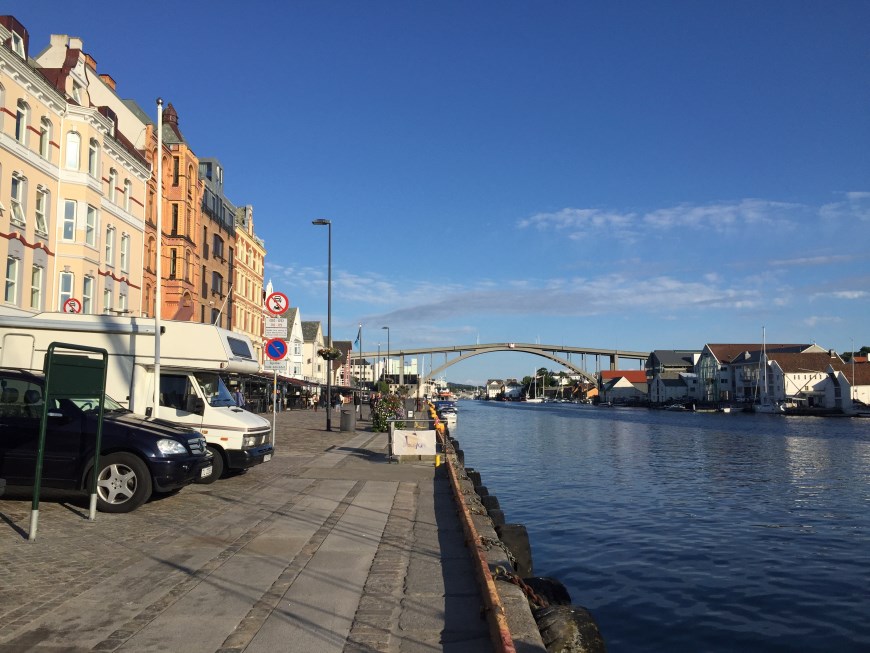
Haugesund
We found a local coffee shop for breakfast, and sampled strong black coffee (the national drink), more Norwegian pastries and open faced sandwiches (the national breakfast). Then it was off to cross Hardangerfjord. This fjord lies in the heart of Norway’s orchard country, bordering Folgefonna national park, with its famous Troll’s Tongue outlook point. It was dinner aboard ship that night, with hors d’ouvres of Norwegian caviar and brown cheese with cloudberry jam from Tau. An 11pm nature walk uncovered bear tracks, and we watched sea birds roosting around midnight.
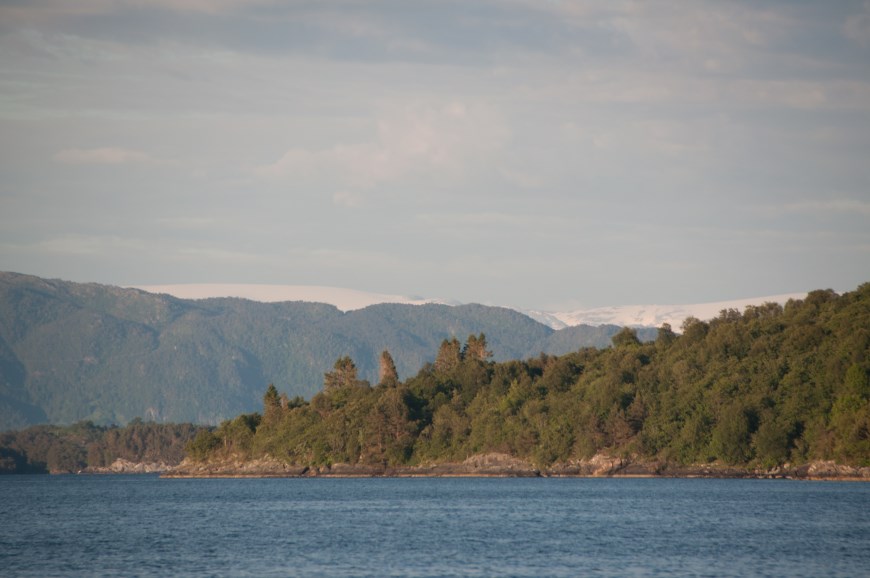
Snow capped mountains
Bergen
Monday morning saw us set sail for Bergen, the cultural highlight of the trip. That city’s roots go back to Viking times, but its great heyday was that of the Hanseatic League (12th – 20th centuries). We arrived by boat, as Vikings and traders have done for more than a thousand years, and the white houses and church towers greeted us. With only a little over 24 hours to spend, we split up.
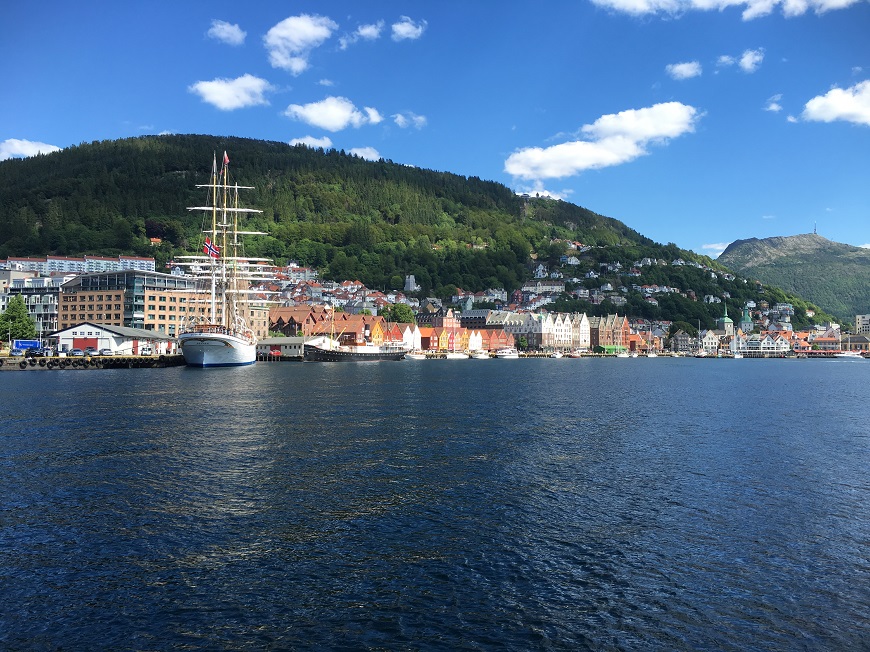
Bergen
Some of our group wandered the ancient streets, sat in coffee shops and bars, ate fresh seafood from the quayside market, rode the funicular to the tops of the mountains and soaked in the atmosphere. Others of us bought Bergen cards and visited the KODE 3 Museum – housing the world’s best collection of early Edvard Munch (which a docent told us was correctly pronounced Muuuu-nk) – the Seafaring Museum, the Fishing Museum, and the Bergen University Historical Museum (whose collection ranged from Viking boats and treasure through regional Norwegian knitting and woodcrafts to treasures brought back from colonial trade). There was just time to catch the light railway out to the fairy-tale, dragon-roofed Fantoft Wooden Stave Church. Erected in 1150 by boat builders with nary a nail, and tarred for weatherproofing, this was one of thousands of stave churches used by villagers and commoners until depopulation by the Black Death in the 1300s and subsequent categorization as Catholically heretical during the reformation. Today, just 28 survive. Even Fantoft is a reconstruction, the original having burned down in 1992. That said, the reconstruction was meticulous, as were the university students charged with checking our tickets; we were given a personal tour, complete with demonstration of the leper window.
Having made our way back into town, we dined that night at a former Hanseatic Merchant’s house in historic Bryggen, (UNESCO World Heritage Listed since 1979). After dinner, in the last of the lingering midnight light, some of us wandered the grounds of the 13th century Håkonshallen and 16th century Rosenkrantztårnet, built by kings and governors to display the city’s wealth and power. We didn’t realise that we had arrived after closing, and were surprised to find ourselves locked in! We were even more surprised to find the structures were officially run by the Norwegian Navy… but the uniformed sailor who let us out kindly explained there was at least one tourist who got locked in most nights during the summer, and wished us a pleasant rest of our trip.
Tuesday saw our group reunite for a walking tour of Bryggen, run by the UNESCO-supported Bryggen museum. We explored the twisting streets and leaning wooden houses and learned how the bachelor community had lived and traded with the world. The tour wound up in the Hanseatic Museum, where we saw sleeping quarters (two apprentices to a bed, but the Master Merchant had his own of course!) and painted wooden walls and leather chairs showcasing the wealth that has always come from global trade. Then it was a quick lunch of fresh fish and berries from the quayside market, a scrub down and refuelling of our boat, and time to bid farewell to Norway!
Posted by: First Class Sailing

